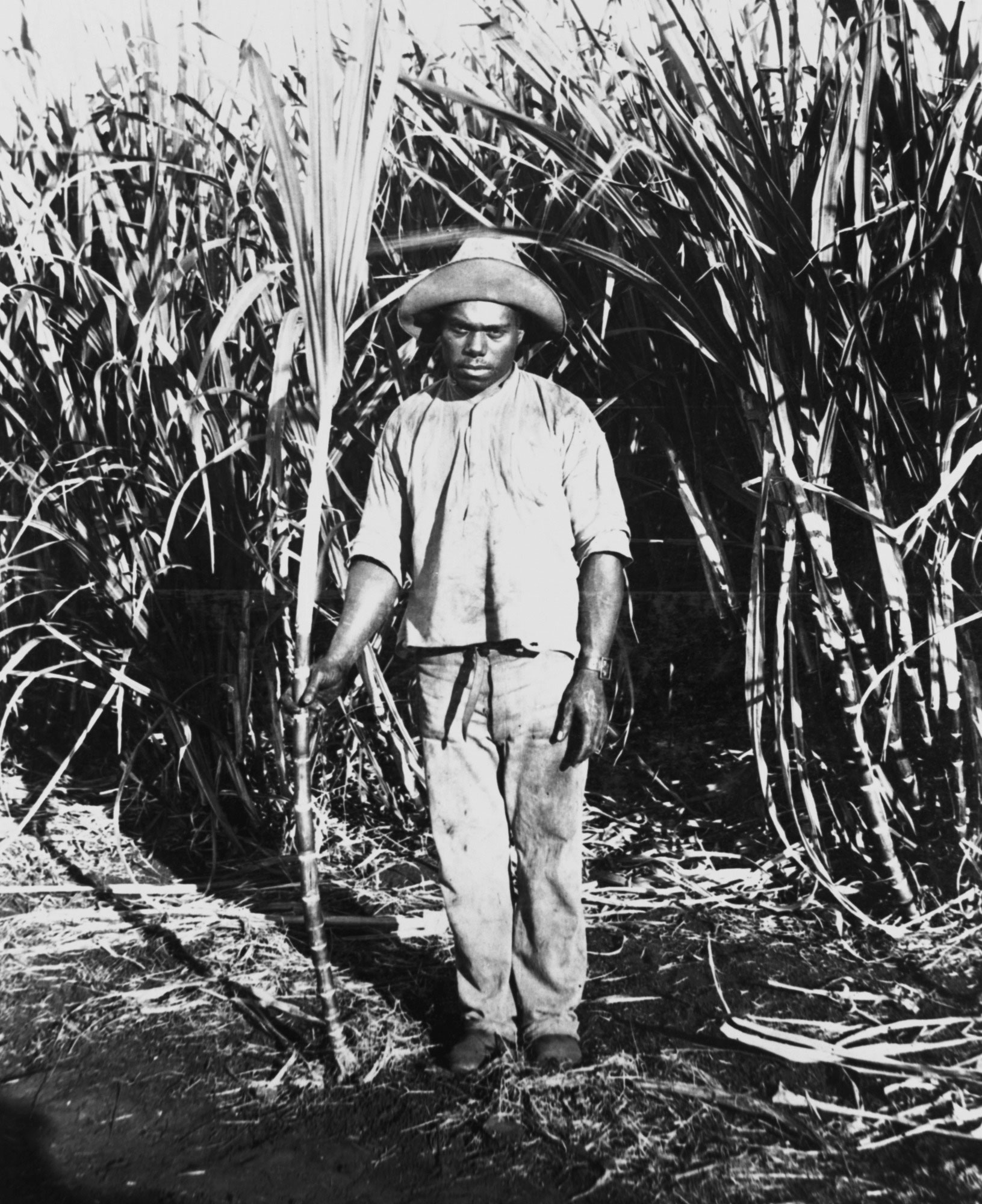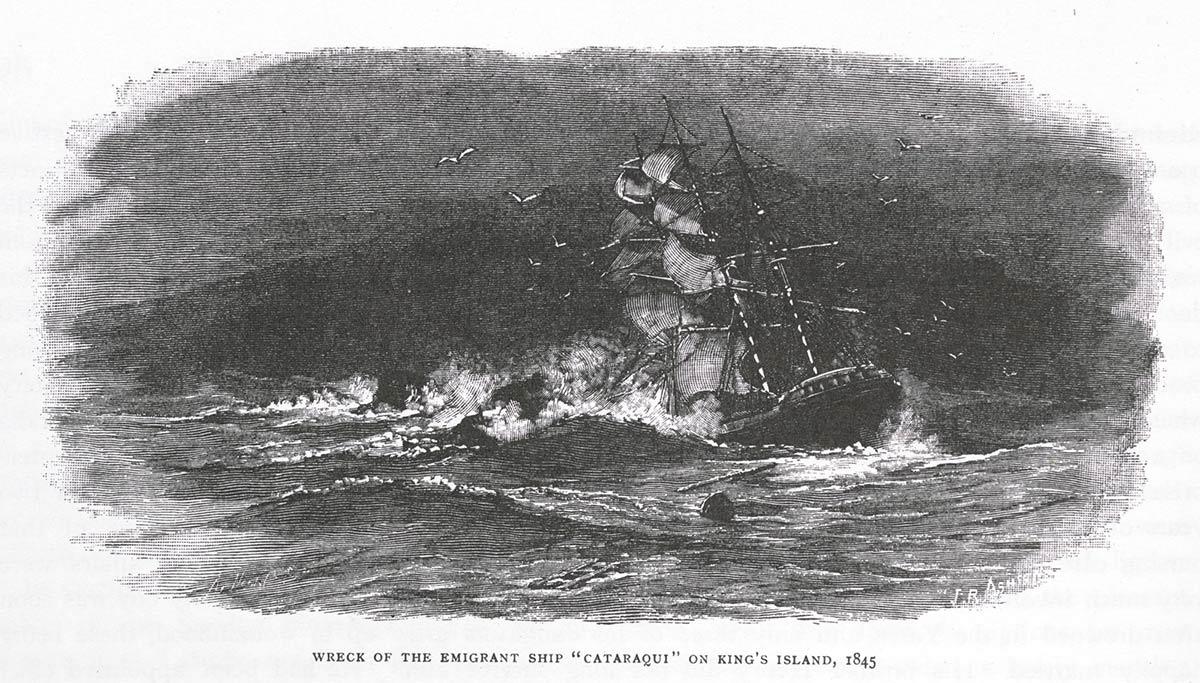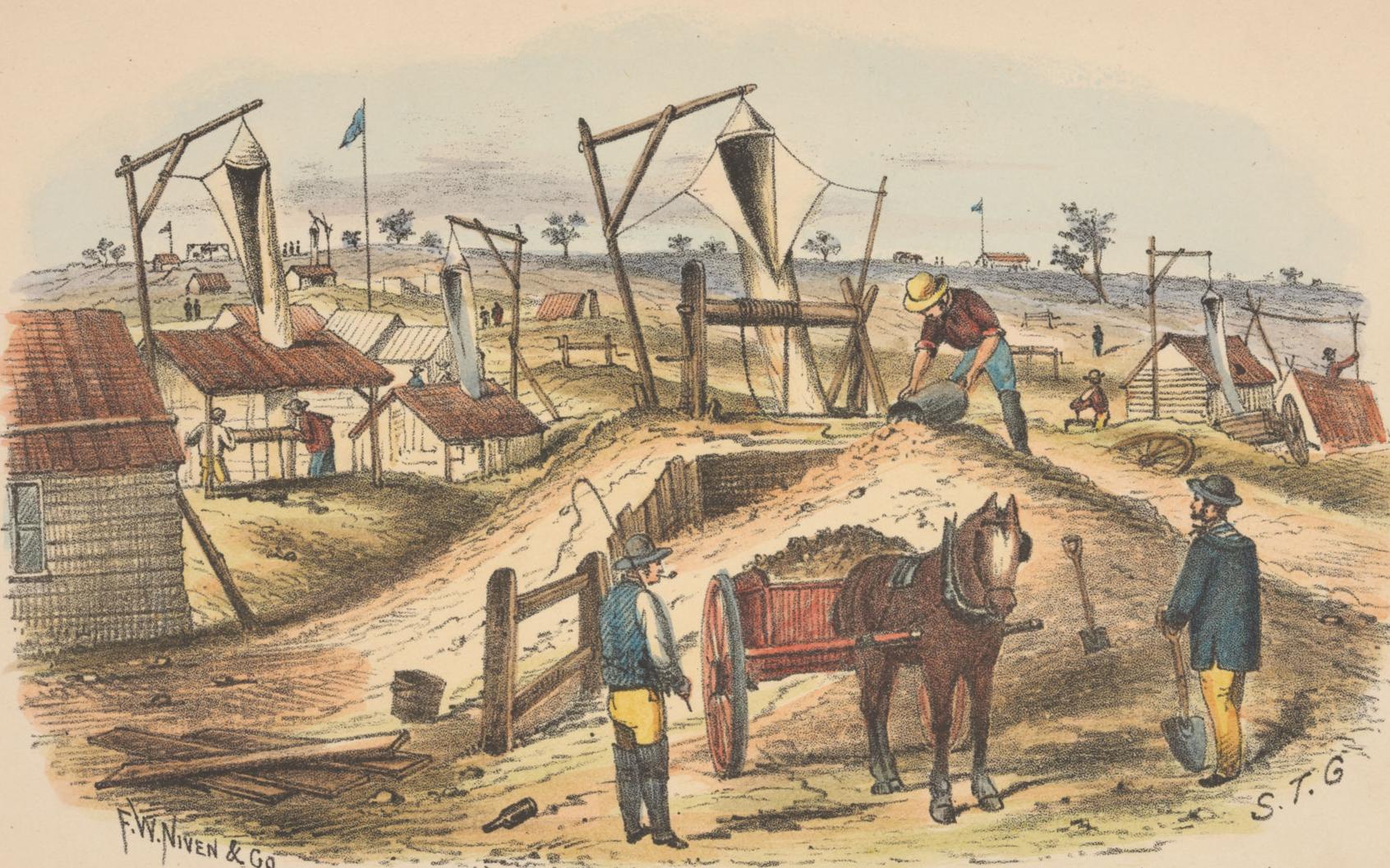Learning module:
Movement of peoples Defining Moments, 1750–1901
Investigation 1: Migration experience starting points
1.3 The migrant experience: Assisted migration
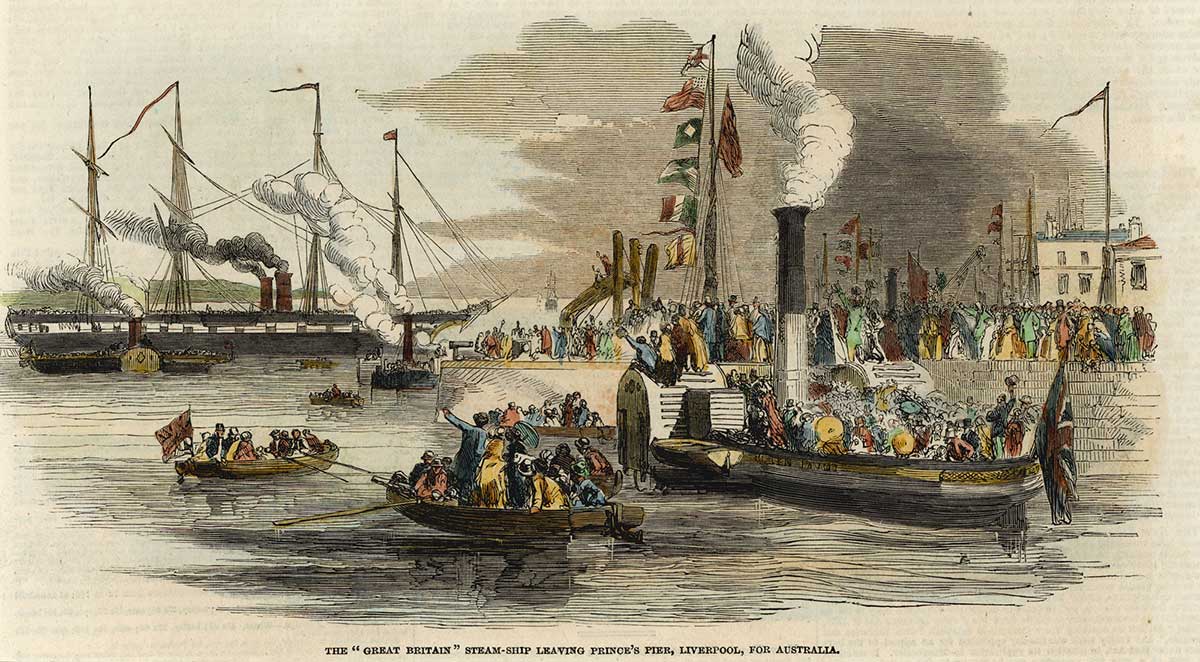
By the 1830s the decision-makers in Britain and New South Wales were looking for new sources of migrants to Australia. Many were starting to turn away from convicts as settlers and wanted to instead encourage free settlers to migrate to Australia. This would bring more women and skilled labourers into the Australian colonies. The problem was that the cost of moving from Britain to New South Wales was far too great for the people who might be tempted to come to start a new life.
So how do you people a new colony?
1. By the 1830s many people in Australia were looking for a new source of migrants. Why were they looking to replace convicts as a source of migration?
2. Which groups of people did the governments want to attract as migrants to Australia? (There might be more than one.)
3. What problem stopped many who wanted to migrate?
4. How was money raised to help migrants afford the trip to Australia?
5. When were the greatest number of assisted migrants sent to Australia?
6. When were assisted migrants the greatest proportion of migrants to Australia?
7. What does this Defining Moment help you understand about the migration experience of this group?
8. Why was this Defining Moment so significant in Australian history?
9. If you were advising the National Museum of Australia on an object (primary source) that it could display to tell the story of this event and challenge and educate national and international visitors, what would you suggest? (You can see what objects they actually have using the National Museum of Australia collections search)
10. This curriculum area is titled: Making a better world? How do you think an assisted migrant to Australia in this period might reply to this question?
Exploring further
As an extension to this activity, research an individual who was an assisted migrant and see what happened to him or her.






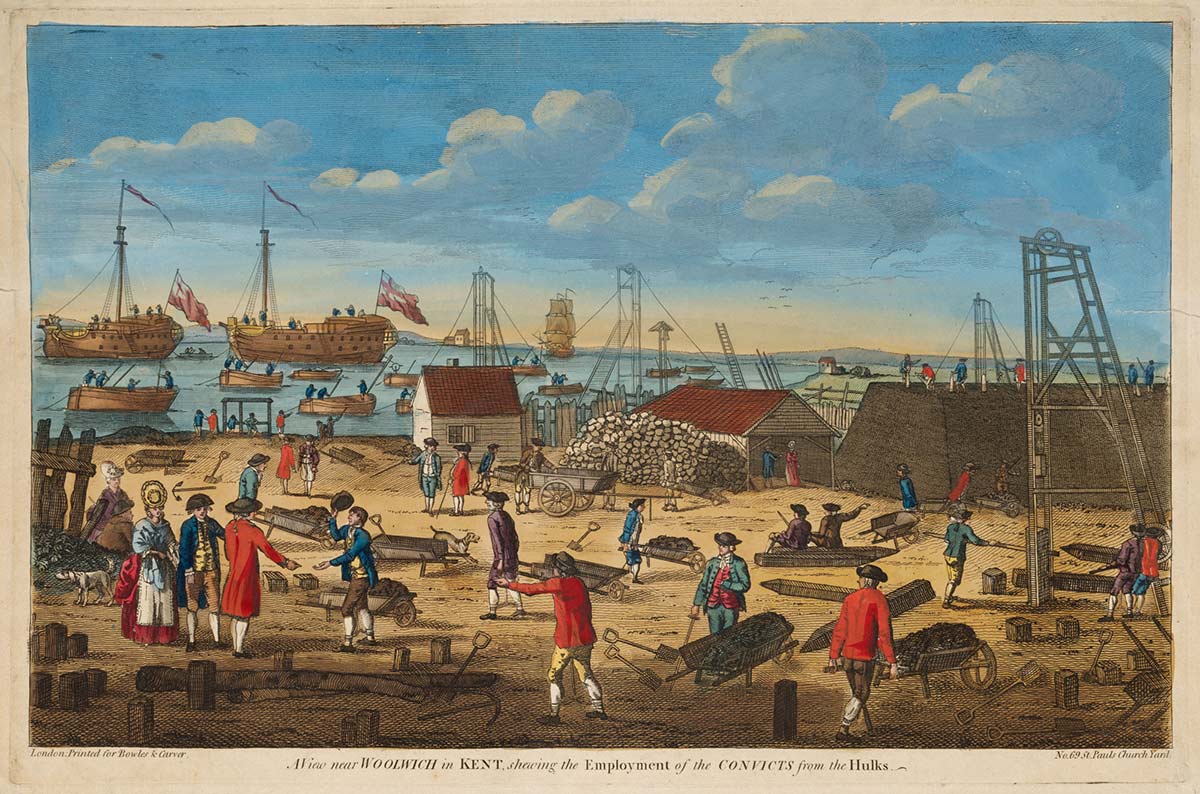
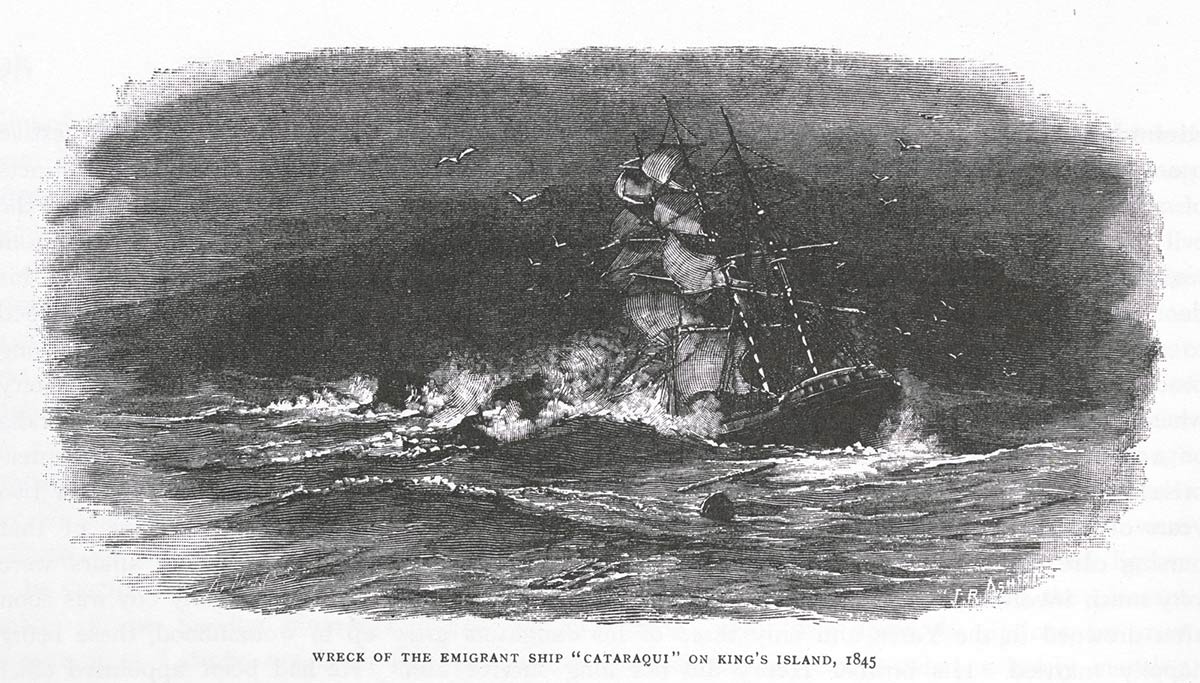
![Deep Sinking , Bakery Hill, Ballaarat [sic] 1853', by Samuel Thomas Gill](/sites/default/files/2020-07/Yr9_MovementPeoples_9.jpg?v=1)
